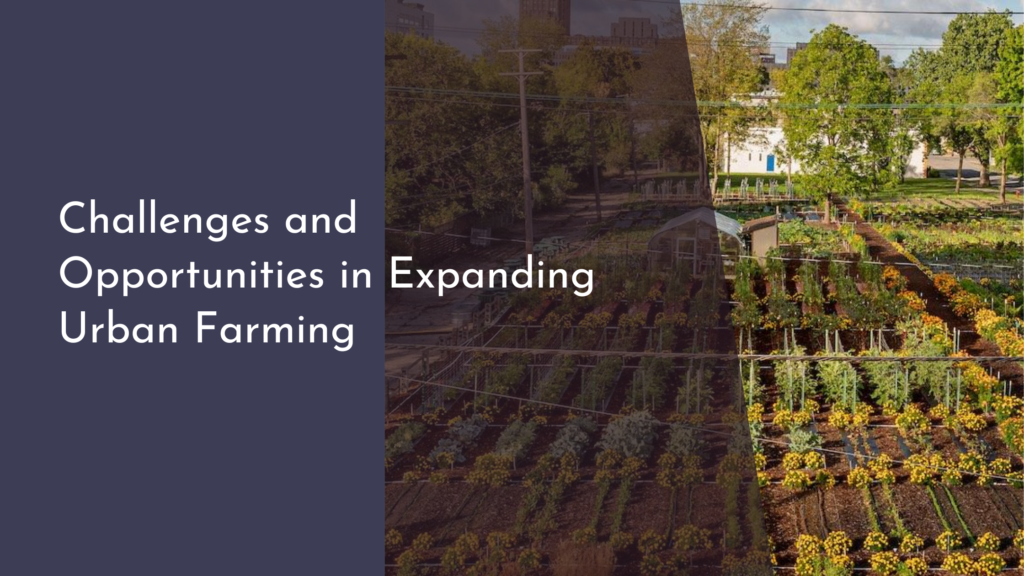How Green Infrastructure Supports Carbon Sequestration
Green infrastructure is becoming an increasingly vital component in the fight against climate change. By integrating natural systems with built environments, green infrastructure not only enhances urban aesthetics but also plays a crucial role in carbon sequestration. This process, which involves capturing and storing atmospheric carbon dioxide, helps mitigate the effects of climate change. As cities continue to grow, the implementation of green infrastructure becomes ever more critical, offering a sustainable pathway to reduce carbon footprints and create healthier urban spaces for everyone.
Understanding Green Infrastructure Basics
Green infrastructure refers to a network of natural and semi-natural systems that provide ecological services within urban and rural environments. This includes everything from parks, gardens, and street trees to green roofs and walls. These systems aim to mimic the natural processes that regulate water, air, and soil quality, contributing to a healthier and more sustainable living environment. By incorporating green infrastructure, cities can manage stormwater more effectively, reduce urban heat, and improve air quality, all while contributing to carbon sequestration efforts.
The distinctiveness of green infrastructure lies in its dual capacity to support biodiversity and enhance human well-being simultaneously. It connects fragmented natural habitats, promoting ecological resilience and providing urban dwellers with access to green spaces. As a result, the integration of green infrastructure into city planning is not just an environmental concern but also a social one. By fostering community engagement and awareness, these projects can inspire collective efforts toward sustainability and carbon reduction.
The Role of Plants in Carbon Capture
Plants play a pivotal role in carbon sequestration through the process of photosynthesis. During this process, they absorb carbon dioxide from the atmosphere and convert it into organic matter, storing it in their biomass and the surrounding soil. Trees are particularly effective at this, with large canopies and extensive root systems that capture significant amounts of carbon over their lifetimes. Urban forests and parks, therefore, serve as crucial carbon sinks, offsetting emissions from urban activities.
In addition to trees, other forms of vegetation like shrubs, grasses, and even aquatic plants contribute to carbon sequestration. These plants can be strategically used in different green infrastructure projects, such as green roofs and rain gardens, to maximize their carbon capture potential. By increasing the variety and abundance of plant life in urban areas, cities can significantly enhance their ability to sequester carbon, thus playing an essential role in mitigating climate change impacts.
Innovative Projects Making a Difference
Around the world, numerous innovative projects highlight the potential of green infrastructure in carbon sequestration. For instance, the High Line in New York City is a prime example of how urban spaces can be transformed into green havens. This elevated linear park, built on a former railway track, is home to a diverse array of plants that sequester carbon while providing a recreational space for residents and visitors.
In Singapore, the Gardens by the Bay project showcases how green infrastructure can be integrated into urban planning to create a sustainable city. With its futuristic Supertree Grove and cloud forest conservatories, the project not only captures carbon but also educates the public about the importance of biodiversity and climate action. These projects serve as inspiring models for other cities to follow, demonstrating that green infrastructure can be both functional and visually stunning.
Creating a Greener Future Together
The transition to a greener future requires collective action at all levels of society. Governments, businesses, and citizens alike have a role to play in promoting and implementing green infrastructure solutions. Policymakers can incentivize the adoption of green practices through grants and subsidies, while businesses can incorporate sustainable designs into their projects. Additionally, community-led initiatives can foster local engagement and stewardship, creating a sense of ownership and responsibility toward maintaining green spaces.
Education and awareness are also vital components of creating a greener future. By informing individuals about the benefits and potential of green infrastructure, we can encourage more people to participate in these transformative projects. Whether it’s planting a tree, starting a community garden, or advocating for more green spaces in urban planning, every action contributes to the larger goal of carbon sequestration and environmental sustainability.
As climate change continues to pose significant challenges, green infrastructure offers a promising solution to enhance urban resilience and reduce carbon emissions. By understanding its principles and harnessing the natural abilities of plants, communities around the world can contribute to a more sustainable future. Through innovative projects and collaborative efforts, we can transform our cities into vibrant, green landscapes that benefit both people and the planet. Embracing green infrastructure is not just an environmental imperative—it’s an opportunity to create healthier, more livable cities for generations to come.


